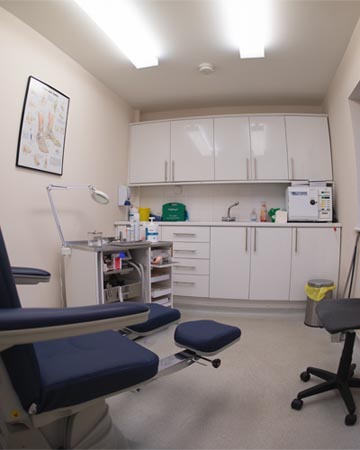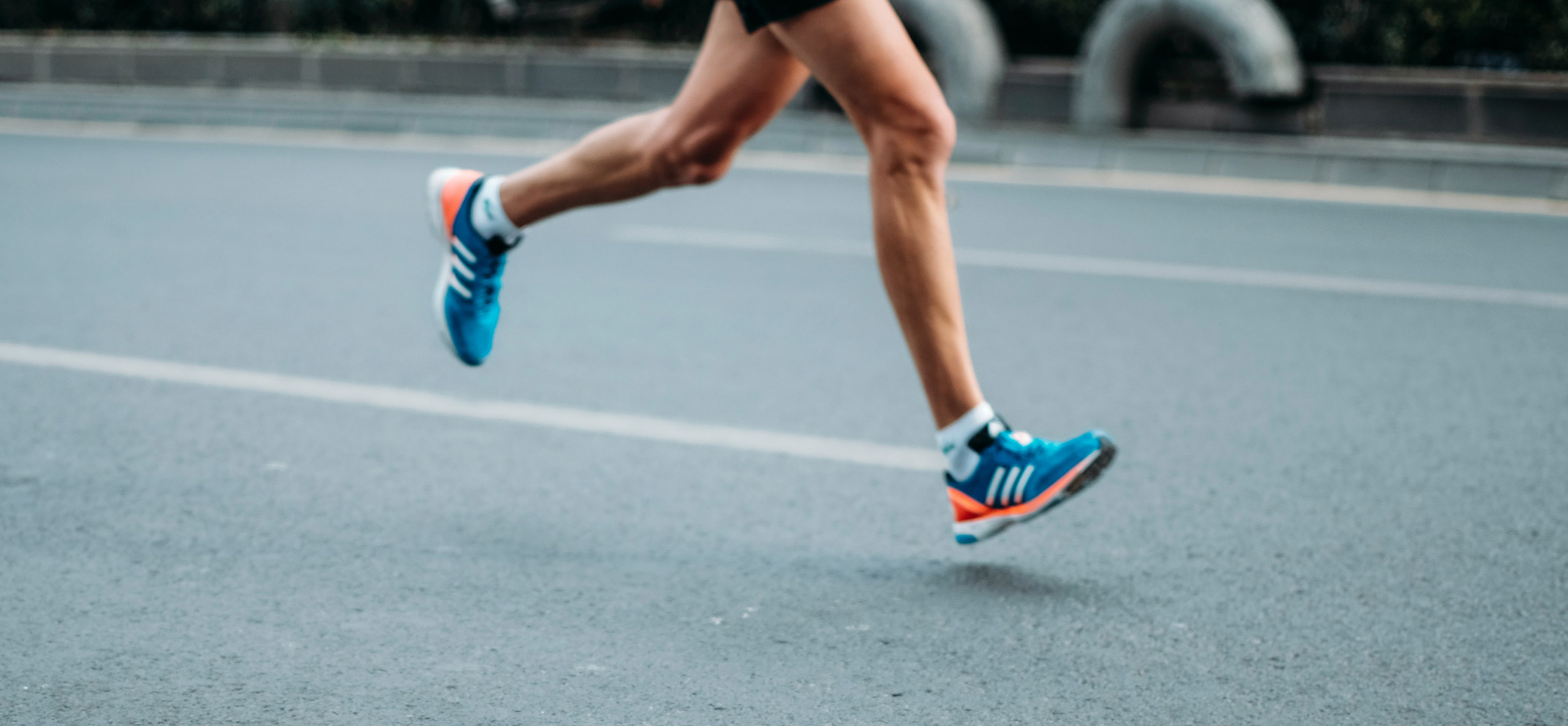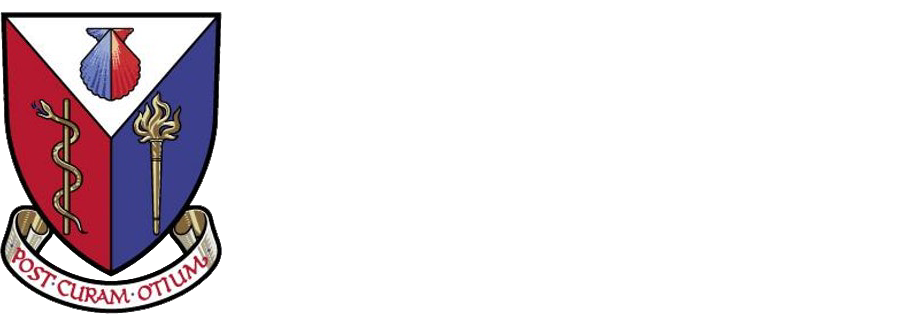What is biomechanics?
Biomechanics looks at the mechanics of joints and muscles and how they relate to each other within the body. Biomechanics from a podiatrists perspective is looking at how people walk, run and move, and the structures that get stressed and strained within the foot and the leg. A biomechanical podiatrist assesses the mechanics of the lower limb and how it relates to the rest of the body, using different techniques.

What common problems occur?
Andrew regularly see many patients with low arches, high arches, knock-knees, bow-legs, foot pain, ankle pain, lower limb or back pain. These could be chronic, acute or simple “overuse” problems.

What is an orthotic?
An orthotic is a device that will fit into a shoe, supporting the foot to work more efficiently. There are numerous orthotics on the market and they range in quality and function. A biomechanical podiatrist creates custom made orthoses to provide the best possible outcome.
Orthoses will usually feel very strange at first and a period of slow and gradual introduction is often advised. You can often play sport on an orthotic device within 2 weeks of its issue.
Custom made Orthoses often come with a lifetime guarantee against breakage, but may require some maintenance to prolong their life, whereas pre-fabricated orthoses can often only last 1-2 years. A Podiatrist can advise you of the expected life span of a particular device depending on its structure and the activities being performed upon it.
What does Andrew do?
As a podiatrist, Andrew will assess and manage you by carrying out a physical biomechanical assessment. This looks at the way the bones, muscles, and associated structures such as tendons are aligned and interact. He will also need to take a medical history to see what systemic factors are influencing your skeletal balance.
He will also look at factors such as stability, body posture and other musculoskeletal factors. He will take into account the type of activities you engage in, and provide advice on what you can initially do for yourself, such as stretching and strengthening exercises.
He will then talk about the possible use of “orthotics” or specialist insoles to correct any significant standing, walking or postural habits.


